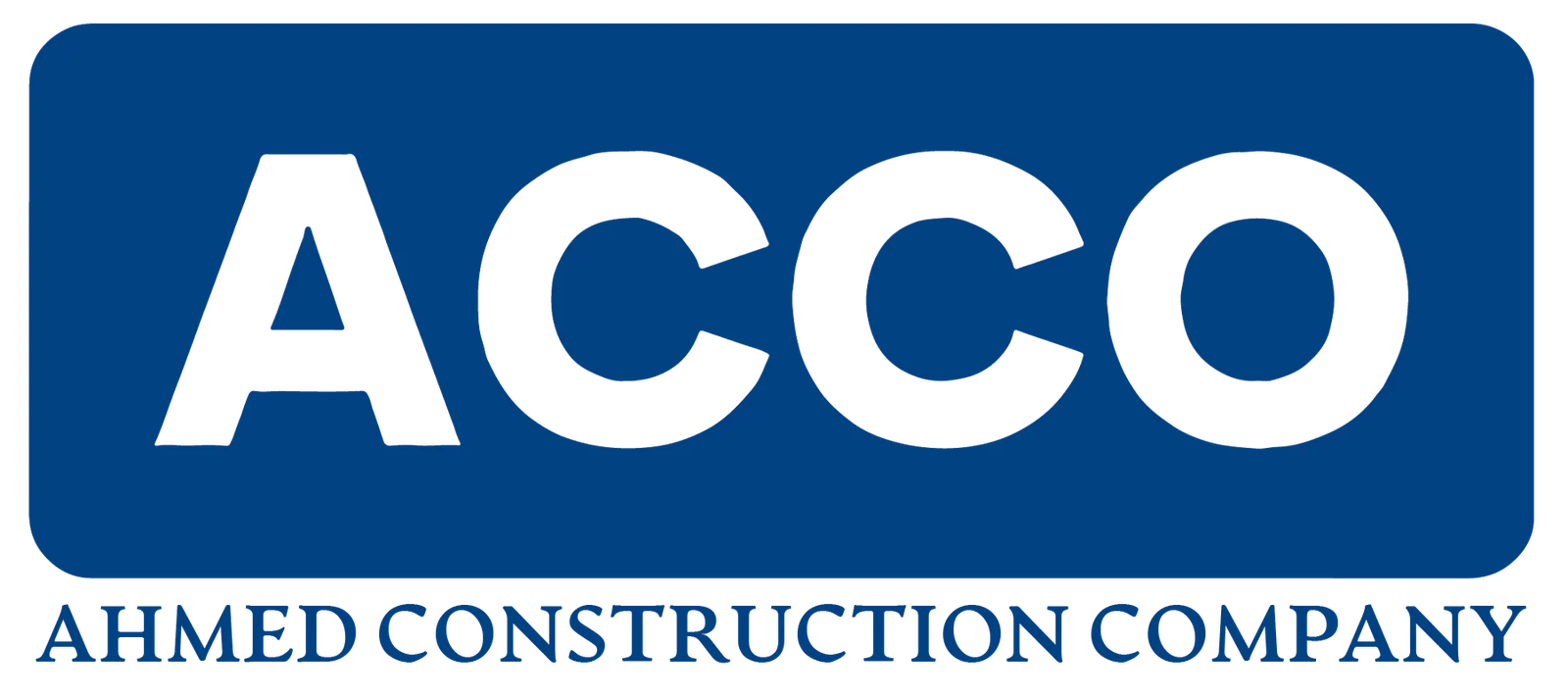
Adaptive Reuse Projects Bring New Life to Older Buildings in Cleveland

Matthew Janiak
Senior Principal and Northeast Regional Leader
DLR Group
Large projects and master plans are poised to make big changes to the urban landscape in Cleveland.
“There are several transformational projects in the works in the area,” says Janiak. One of those projects entails a terminal modernization at Cleveland Hopkins International Airport, a $2-billion to $3-billion effort to modernize the airport’s facilities, many of which date to the mid-20th century.
Some of the elements proposed for the project include expanded and updated airport ticketing and passenger gate areas, consolidated and expanded security checkpoint processing, improvements to the roadway access system, increased public parking capacity and enhanced customer experience throughout the airport.
Cleveland’s downtown lakefront master plan envisions a redevelopment intended to make the area more connected and vibrant. Elements include the North Coast Lane Bridge, a proposed 120-ft-wide pedestrian bridge that will connect downtown Cleveland with the North Coast Harbor; a plan to convert sections of the Shoreway Freeway into a pedestrian-friendly boulevard; and new public spaces and amenities such as public beaches, parks and plazas. A new bus-and-rail hub to replace an existing Amtrak station is also planned.
Another project focused on waterfront redevelopment is being led by the city and developer Bedrock Real Estate and aims to reimagine the area along the Cuyahoga River.
The development will cover 35 acres of underutilized land and redevelopment of Tower City Central, a large mixed-use development. The 3.5-million-sq-ft master plan also calls for 12 acres of publicly accessible space, including parks, a riverwalk, open areas and waterfront access year-round.
The collaboration with the city of Cleveland to reimagine the Cuyahoga riverfront exemplifies a future-forward vision for connecting Cleveland residents and visitors to the riverfront and activating multiple layers of use through office, retail, entertainment and recreational amenities,” Janiak says.
“The riverfront project will include both new structures as well as adaptive reuse projects,” Janiak adds. “We see adaptive reuse playing a significant role in efforts to revitalize the urban core.”
Vacant office space is a problem for Cleveland and many other cities across the U.S. In Cleveland, the office vacancy rate for 2024 was 23.1%, according to real estate research firm Newmark.
Janiak notes that DLR Group has been actively engaged in opportunities in Cleveland and across the U.S. to adapt underused and vacant buildings into new uses, including transforming vacant office space into amenity-rich housing developments.
DLR Group, which has an office in Cleveland and about 30 others around the country, was involved in adapting a portion of Cleveland’s historic Terminal Tower into residential apartments, which Janiak says has contributed to the revitalization of housing in downtown Cleveland.
A portion of the historic tower was converted into residential units encompassing 12 floors of the 52-story structure.
“We see adaptive reuse playing a significant role in efforts to revitalize the urban core.”
— Matthew Janiak, Senior Principal and Northeast Regional Leader, DLR Group
Another project that appears to be gaining steam is a new stadium for the Cleveland Browns in suburban Brook Park. In April, the Ohio House of Representatives passed a $600-million bond plan for a new stadium while also requiring the team owners to provide more cash up front.
“All of these [projects] will take a lot of partnerships to make them come to fruition,” Janiak says. “Incentives locally, nationally and federally will be needed to make most of these projects happen as well.”
In addition, the Cleveland Cavaliers, Cleveland Clinic and Bedrock Real Estate broke ground on the Cleveland Clinic Global Peak Performance Center, a 210,00-sq-ft facility that is also part of the Cuyahoga riverfront master plan.
Janiak says incentives are key to creating a vital future in Cleveland. These include the transformational mixed-use tax credit, which he calls a “vital tool for revitalizing urban spaces and supporting mixed-use projects that can spark economic growth in Ohio cities,” as well as opportunity zones, which he says “continue to unlock capital for development in underserved areas, encouraging investment and creating jobs in our communities.”
Historic tax credits, he adds, are geared to “ensuring the preservation of Ohio’s rich history while repurposing aging buildings for new, innovative uses,” and brownfield remediation incentives remove environmental barriers to development.
Post a Comment
You must be logged in to post a comment.





